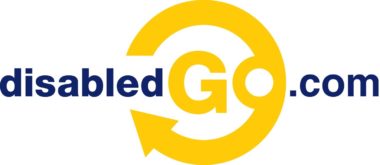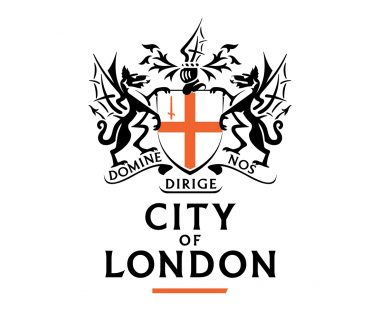This blog is a continuation of what comparisons can be made for missing or non-descriptive page titles, inspired from AXSChat Podcast.
After finishing the original blog, I decided to expand and tell you a bit about an area of assistive technology features that should be used and accessible within a digital platform, whether on a website, document, or any other digital information.
This specific blog features the problems that missing or non-descriptive page titles have for disabled people when online.
Why You Should Include A Page Title
Well, this is a strange one: why wouldn’t you include a page title on a web page or document?
A title immediately informs everyone what information they can expect to find on that page. This information provides reassurance for people that they have navigated to the right destination to find the answer or service they are looking for. This results in saved time for users, so they don’t have to investigate the page fully to see what it contains only to realise they are on the incorrect page or document. However, this can still happen from time to time.
An Everyday Comparison To Get You Thinking About The Need for Descriptive Titles
The first thing that came to me about this issue was with books. Imagine if you were inside a library and none of the books had a title on them. You would have to rely on the author and then skim the first few pages to see if you actually liked it and wanted to read more. However, whether you liked it or not, how would you recommend it to one of your friends if you didn’t know what to call it?
Delving deeper into this, there are so many items that need a title, such as food products or medication. How many more can you think of? If they did not have a title, you would be unaware of what the packaging contained.
So, a title on a web page or document does not only tell the reader what is on the page itself, aiding with navigation, but it also provides the reader with the details to direct others to this information as well.
Which Platform?
Here’s another scenario: Imagine you were at a railway station, and all the numbers on the platforms, including the ones from the concourse at Waterloo Station (24 platforms in total), had been taken down to be cleaned.
No one would know which platform was which, until they went to each platform to find out. This would take some time and a lot of frustration to be able to get the answer of where you needed to be. Can you imagine if you finally found the right platform to then hear an announcement which says that your train has changed its arrival platform and is now departing from a new one in 5 minutes time. Although platform numbers are not really a title, the same issues apply.
This is why it’s crucial to include descriptive page titles and help your digital visitors to swiftly navigate your content.
Eliminating Inaccessible Digital Platforms
I know I have used this last paragraph at the end of each of this series of blogs, but it relays the important message of all the blogs written:
These are just a few comparisons between most people’s everyday life experiences and one of the inaccessible features of digital information in their lives. However, there really is no need for any inaccessible areas, as there are always alternatives.
Think about when you could not get access to something. Whether it is in a shop or around your normal life experiences. There is no real reason why you should not be able to gain access. It is usually due to someone having made it inaccessible to you because of the design and not thinking of your individual needs as a customer in a specific situation.
It’s time to make a change and be inclusive.
Over the next few months, I’ll be blogging about ways that you can adapt your websites to achieve digital accessibility and improve the user experience for everyone.
For more details about how we can help with website accessibility testing, please get in touch with our team today.







